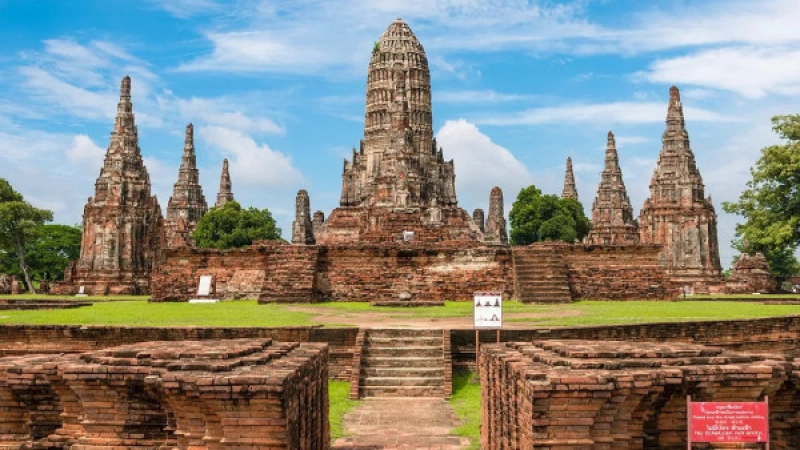There's An Ayodhya In Thailand Too, Called Ayutthaya!
The inauguration date for the Ram temple is drawing closer, and Ayodhya in Thailand is also making headlines.

Ayodhya in Thailand is very similar to Ayodhya in Uttar Pradesh, India. The one in Thailand is called Ayutthaya, and the term has its roots in Ayodhya, the birthplace of Lord Ram.

Ayutthaya is a UNESCO World Heritage Site and is approximately 3,500 km from Ayodhya in India. However, it is Lord Ram who binds these two nations and their people.
The kingdom of Siam, now known as Thailand, was settled in the half of the 13th century, and Ayutthaya became the most important city and capital of the kingdom. It was founded by Ramathibodi in 1350.
The ancient city is named after Ayodhya, the birthplace of Lord Ram, to establish a bond with Hinduism and the Ramayana. The first ruler of Ayutthaya, King Ramathibodi, named the city to showcase the influence of the Ramayana.
The kings were under the great influence of the Ramayana and Vedic scriptures brought to them by Buddhist missionaries.
There was a time when the kings from the Chakri dynasty were considered incarnations of Lord Ram. Additionally, the kings in Ayutthaya have the title of 'Ram' in their names.
A Thai version of the Ramayana was also written during the Ayutthaya Kingdom. The country is even sending soil from Ayutthaya to Ayodhya in India for the grand event that is going to strengthen the bond between the two countries.
This gift follows the earlier gesture of sending water from two rivers in Thailand to Lord Ram's temple in Ayodhya.
Unfortunately, the historic city was attacked and razed by the Burmese army in 1767. The once-flourished city was never rebuilt and is now an archaeological site.

